Applicants for the Nobel Prize 2016
The Nobel Week is coming . Prizes are awarded for achievements in physiology or medicine (October 3), physics (October 4), chemistry (October 5), promoting peace in the world (October 7), economics (October 10), literature (October 13). Details under the cut.

The company Thomson Reuters , which owns the database of publications in scientific journals Web of Science , according to tradition, each year predicts applicants for the Nobel Prize in the number of citations of scientific works. These applicants were named Thomson Reuters Citation Laureates ( website ). 39 of the scientists selected by the company have already received the Nobel Prize , including some who received it a few years after the prediction.
This year, the company marks the following scientists and their research .
')
The first group of applicants included James Ellison, Jeffrey Bluestone and Craig Thompson, who explained how the membrane protein CD28 and the CTLA-4 immune system molecule regulate T-cell activation by controlling the immune response . This will help create new vaccines against bacteria and cancer drugs.
Several years ago, a lawsuit against hundreds of millions of dollars was filed against Craig Thompson, which was then settled .
The second group of applicants included doctors Gordon Freeman, Tasuku Honjo and Arlene Sharp, who investigated the mechanism of programmed cell death ( immunoglobulin PD1 ). This has helped improve the cancer immunotherapy procedure.
The third group of applicants included Michael Hall, David Sabatini and Stuart Schreiber, who discovered the cell growth regulator - the immunosuppressant rapamycin and the target of rapamycin in mammals . The nomination is again related to cancer treatment.
Biochemist Stuart Schreiber 10 years ago was nominated by Thomson Reuters in another category - chemistry.
The first group of applicants included Marvin Cohen, nominated for theoretical studies of solids , prediction of their properties, and especially for the empirical pseudopotential method.
The second group of applicants included Ronald Drever, Kip Thorn and Rainer Weiss for developing a laser-interferometric gravitational-wave observatory (LIGO), which made it possible to detect gravitational waves.
They made several press conferences on February 11, 2016 about the first detection of gravitational waves in September, after which they received 4 awards for several million dollars. But immediately there were doubts about their success, because they discovered gravitational waves during the setup phase, not the observation phase . Two letters were sent to the Nobel Committee in which these doubts were expressed. After that, applicants made a statement about the re-detection of gravitational waves on June 15.
The third group of applicants included Celso Grebodzhi, Edward Ott and James York, nominated for the description of the theory of control of chaotic systems - the Ott – Greboggia – York method.
The first group of applicants included George Church and Feng Zhang, nominated for applying the editing of the CRISPR-cas9 gene in mouse and human cells.
George Church is considered the most influential scientist in the field of synthetic biology.
In the second group of applicants, Dennis Law for his work in the field of non-invasive prenatal diagnosis , which allows the detection of fetal extracellular DNA in the mother's blood plasma. This allows you to detect some genetic diseases.
The third group of candidates included Hiroshi Maeda and Yasuhiro Matsumura for discovering the effect of increased permeability and retention for macromolecular drugs - a key discovery in the treatment of cancer. This discovery facilitates the delivery of drugs to tumors, for example, using nanoparticles .
Olivier Blanchard was included in the first group of applicants for his contribution to macroeconomics, including factors determining economic fluctuations and employment.
The second group of applicants included Edward Leyzir for the development of the scientific field of personnel economy.
Mark Melitz entered the third group of applicants for a pioneering description of the heterogeneity of firms and international trade.
Infographics in English http://stateofinnovation.thomsonreuters.com/2016_citation-laureates-infographic .
In general, the preparation of the article was affected by the weakness of not only Russian Wikipedia in the field of science, but also of other Wikipedia, so there are no references to Wikipedia articles about all applicants.
Several people have previously received the status of applicants for citations:
2006 - Linde, Andrey Dmitrievich
2008 - Geim, Andrei Konstantinovich (Nobel Prize in Physics)
2008 - Novoselov, Konstantin Sergeevich (Nobel Prize in Physics)
2013 - Fokin, Valery Valerievich
2015 - Rudensky, Alexander Yuryevich
So, among our percentage of receiving 40%, which is above the average of 15.35% for this premium.
PS The task for the curious: to find out how many gentlemen of the Order of the Legion of Honor received the Nobel Prize. And I invite all Wikipedians to add articles about candidates for the Nobel Prize .

The company Thomson Reuters , which owns the database of publications in scientific journals Web of Science , according to tradition, each year predicts applicants for the Nobel Prize in the number of citations of scientific works. These applicants were named Thomson Reuters Citation Laureates ( website ). 39 of the scientists selected by the company have already received the Nobel Prize , including some who received it a few years after the prediction.
This year, the company marks the following scientists and their research .
')
Prize in Physiology or Medicine
The first group of applicants included James Ellison, Jeffrey Bluestone and Craig Thompson, who explained how the membrane protein CD28 and the CTLA-4 immune system molecule regulate T-cell activation by controlling the immune response . This will help create new vaccines against bacteria and cancer drugs.
| Challenger | Most prestigious awards | Articles |
|---|---|---|
| James allison | Lasker Prize (87 Nob Prizes) International Gairdner Prize (84 Nob Prizes) Louise Gross Horvitz Prize (84 Nob Prizes) | Articles |
Jeffrey Bleston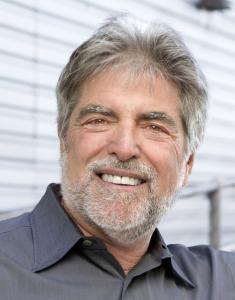 | Guggenheim Scholarship (112 No. Awards) | Articles |
Craig Thompson 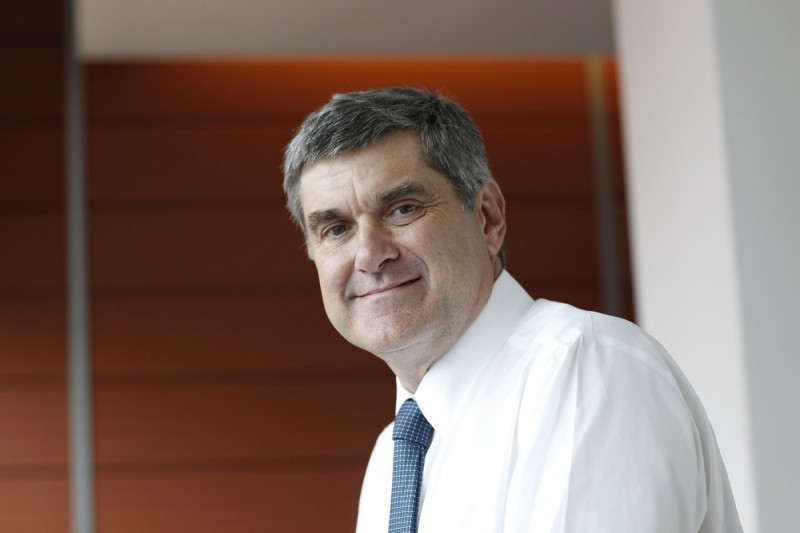 | American College of Physicians Award (16 no. Awards) | Articles |
Several years ago, a lawsuit against hundreds of millions of dollars was filed against Craig Thompson, which was then settled .
The second group of applicants included doctors Gordon Freeman, Tasuku Honjo and Arlene Sharp, who investigated the mechanism of programmed cell death ( immunoglobulin PD1 ). This has helped improve the cancer immunotherapy procedure.
| Challenger | Most prestigious awards | Articles |
|---|---|---|
Gordon Freeman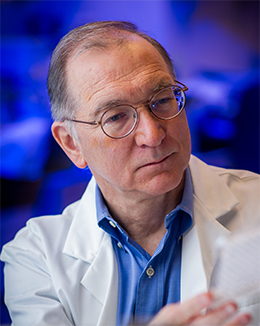 | Damon Runyon-Walter Winchell Fellowship (12 Nom. Premiums) William Coley Award (6 no. Awards) | Articles |
Tasuku Honjo 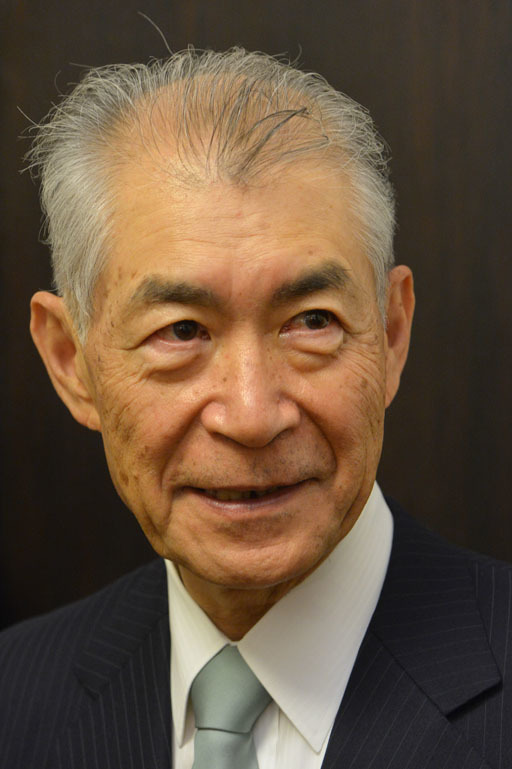 | Asahi Prize (12 no. Prizes) Robert Koch Prize (11 no. Premiums) Kyoto Prize (8 no. Premiums) | Articles |
Arlene Sharp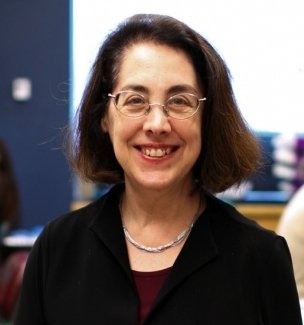 | William Coley Award (6 no. Awards) | Articles |
The third group of applicants included Michael Hall, David Sabatini and Stuart Schreiber, who discovered the cell growth regulator - the immunosuppressant rapamycin and the target of rapamycin in mammals . The nomination is again related to cancer treatment.
| Challenger | Most prestigious awards | Articles |
|---|---|---|
Michael hall 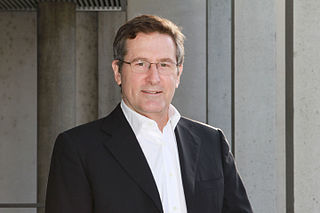 | International Gairdner Prize (84 Nob Prizes) Sir Hans Krebs Medal (17 Nov. Premium) Louis-Jeantet Prize for Medicine (10 no. Premiums) Marcel Benoist Prize (8 no. Premiums) | Articles |
David Sabatini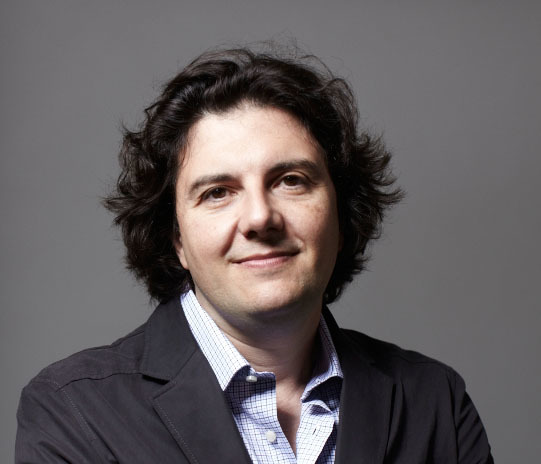 | NAS Award in Molecular Biology (15 no. Premiums) | Articles |
Stuart Schreiber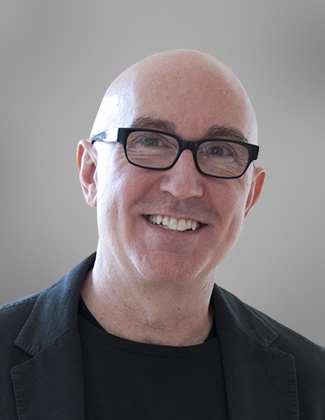 | Wolf Prize (44 no. Bonus) Paul Karrer Gold Medal (9 no. Premiums) Eli Lilly Award in Biological Chemistry (8 no. Premiums) Arthur C. Cope Award (8 no. Premiums) | Articles |
Biochemist Stuart Schreiber 10 years ago was nominated by Thomson Reuters in another category - chemistry.
Prize in Physics
The first group of applicants included Marvin Cohen, nominated for theoretical studies of solids , prediction of their properties, and especially for the empirical pseudopotential method.
| Challenger | Most prestigious awards | Articles |
|---|---|---|
Marvin cohen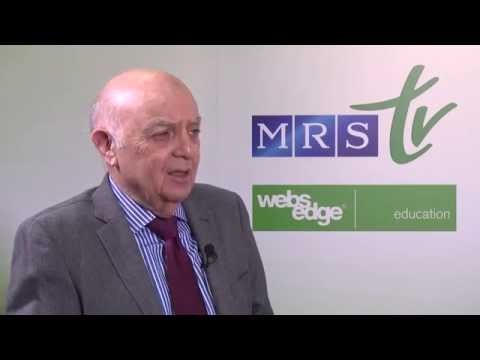 | National Science Medal of the United States (90 no. Premiums) Dixon Award (20 no. Premiums) Oliver E. Buckley Prize (16 no. Premiums) | Articles |
The second group of applicants included Ronald Drever, Kip Thorn and Rainer Weiss for developing a laser-interferometric gravitational-wave observatory (LIGO), which made it possible to detect gravitational waves.
They made several press conferences on February 11, 2016 about the first detection of gravitational waves in September, after which they received 4 awards for several million dollars. But immediately there were doubts about their success, because they discovered gravitational waves during the setup phase, not the observation phase . Two letters were sent to the Nobel Committee in which these doubts were expressed. After that, applicants made a statement about the re-detection of gravitational waves on June 15.
| Challenger | Most prestigious awards | Articles |
|---|---|---|
Ronald drever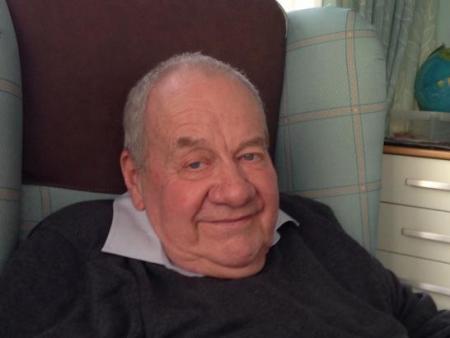 | Shao Prize (7 no. Premiums) Prize in Fundamental Physics (5 no. Awards) Kavli Award (5 no. Premiums) Gruber Prize (5 no. Premiums) | Articles |
Kip Thorn  | Sillimanov lecture (35 no. Premiums) Richtmyer Memorial Prize (22 Nob Prizes) Shao Prize (7 no. Premiums) Albert Einstein Medal (7 Nb. Awards) | Articles |
Rainer Weiss 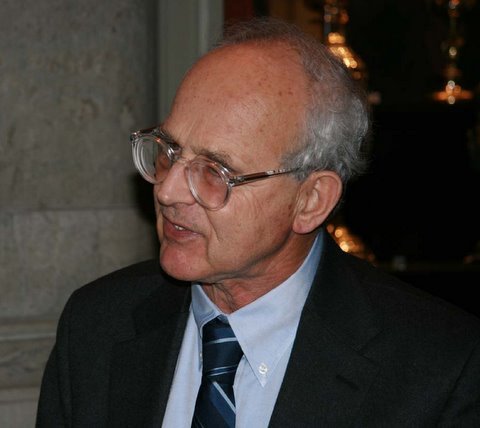 | Shao Prize (7 no. Premiums) Prize in Fundamental Physics (5 no. Awards) Kavli Award (5 no. Premiums) Gruber Prize (5 no. Premiums) | Articles |
The third group of applicants included Celso Grebodzhi, Edward Ott and James York, nominated for the description of the theory of control of chaotic systems - the Ott – Greboggia – York method.
| Challenger | Most prestigious awards | Articles |
|---|---|---|
Celso Grebodzhi | Humboldt Prize (52 Nb. Prizes) | Articles |
Edward Ott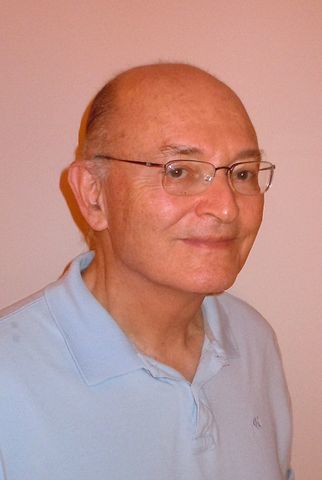 | Julia Edgar Lilienfeld Prize (2 Nob Prizes) | Articles |
James york 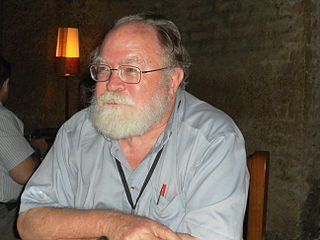 | Guggenheim Scholarship (112 No. Awards) Japan Award (10 no. Premiums) | Articles |
Chemistry Prize
The first group of applicants included George Church and Feng Zhang, nominated for applying the editing of the CRISPR-cas9 gene in mouse and human cells.
| Challenger | Most prestigious awards | Articles |
|---|---|---|
George Church 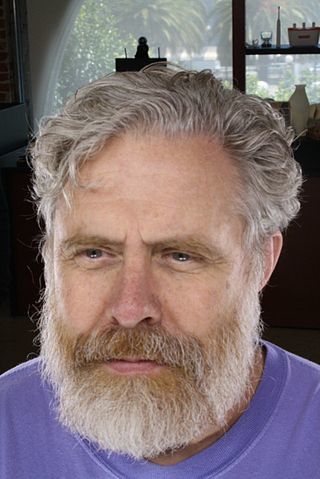 | Bower Award (2 Nb. Prizes) | Articles |
Feng Zhang | International Gairdner Prize (84 Nob Prizes) Perl-UNC Prize (6 no. Premiums) | Articles |
George Church is considered the most influential scientist in the field of synthetic biology.
In the second group of applicants, Dennis Law for his work in the field of non-invasive prenatal diagnosis , which allows the detection of fetal extracellular DNA in the mother's blood plasma. This allows you to detect some genetic diseases.
| Challenger | Most prestigious awards | Articles |
|---|---|---|
Dennis lo | King Faisal International Prize (17 no. Awards) | Articles |
The third group of candidates included Hiroshi Maeda and Yasuhiro Matsumura for discovering the effect of increased permeability and retention for macromolecular drugs - a key discovery in the treatment of cancer. This discovery facilitates the delivery of drugs to tumors, for example, using nanoparticles .
| Challenger | Most prestigious awards | Articles |
|---|---|---|
Hiroshi Maeda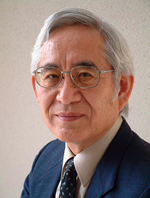 | EK Frey-E. Werle Foundation Commemorative Gold Medal (2 Nom. Award) | Articles |
Yasuhiro Matsumura 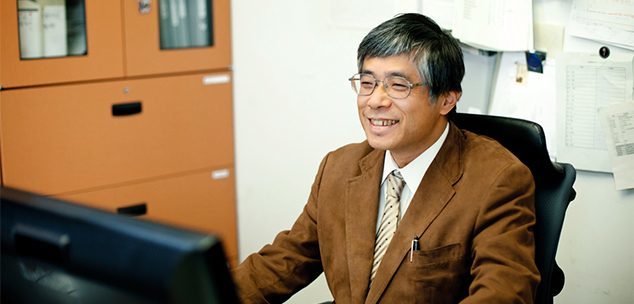 | Articles |
Economics Award
Olivier Blanchard was included in the first group of applicants for his contribution to macroeconomics, including factors determining economic fluctuations and employment.
| Challenger | Most prestigious awards | Articles |
|---|---|---|
Olivier Blanchard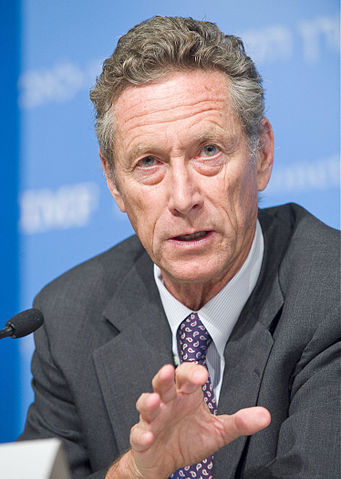 | Order of the Legion of Honor (not less than 6 no. Awards) | Articles |
The second group of applicants included Edward Leyzir for the development of the scientific field of personnel economy.
| Challenger | Most prestigious awards | Articles |
|---|---|---|
Edward Leysir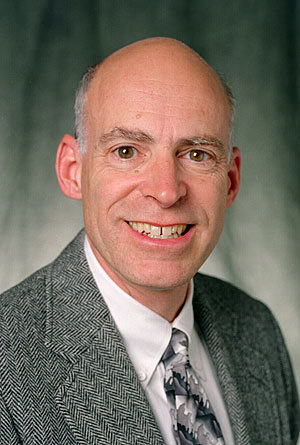 | IZA Prize in Labor Economics (2 Nb. Awards) | Articles |
Mark Melitz entered the third group of applicants for a pioneering description of the heterogeneity of firms and international trade.
| Challenger | Most prestigious awards | Articles |
|---|---|---|
Mark Melitz | Sloan Scholarship (43 Nb. Awards) | Articles |
Infographics in English http://stateofinnovation.thomsonreuters.com/2016_citation-laureates-infographic .
In general, the preparation of the article was affected by the weakness of not only Russian Wikipedia in the field of science, but also of other Wikipedia, so there are no references to Wikipedia articles about all applicants.
Where are the scientists from the former USSR?
Several people have previously received the status of applicants for citations:
2006 - Linde, Andrey Dmitrievich
2008 - Geim, Andrei Konstantinovich (Nobel Prize in Physics)
2008 - Novoselov, Konstantin Sergeevich (Nobel Prize in Physics)
2013 - Fokin, Valery Valerievich
2015 - Rudensky, Alexander Yuryevich
So, among our percentage of receiving 40%, which is above the average of 15.35% for this premium.
PS The task for the curious: to find out how many gentlemen of the Order of the Legion of Honor received the Nobel Prize. And I invite all Wikipedians to add articles about candidates for the Nobel Prize .
Source: https://habr.com/ru/post/311252/
All Articles